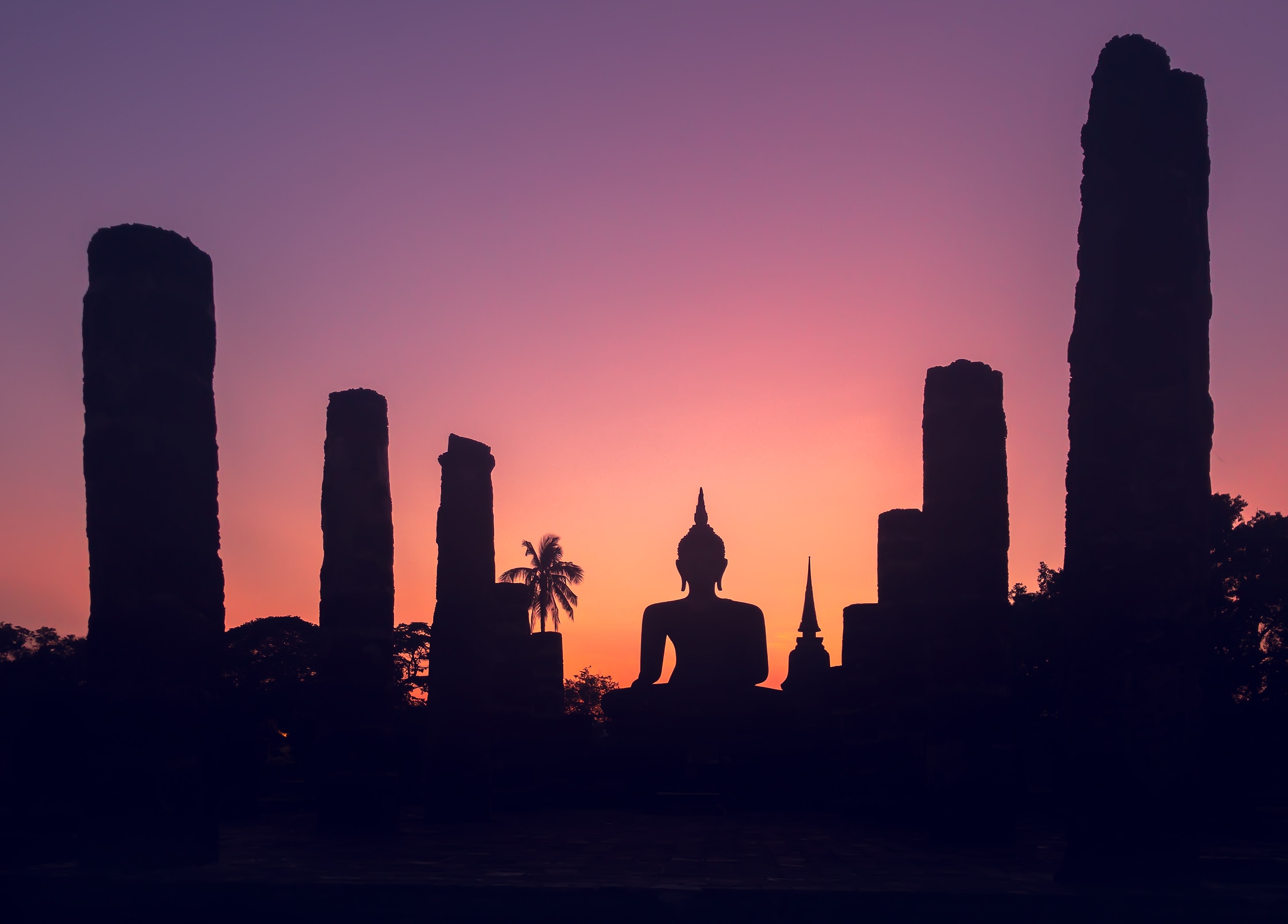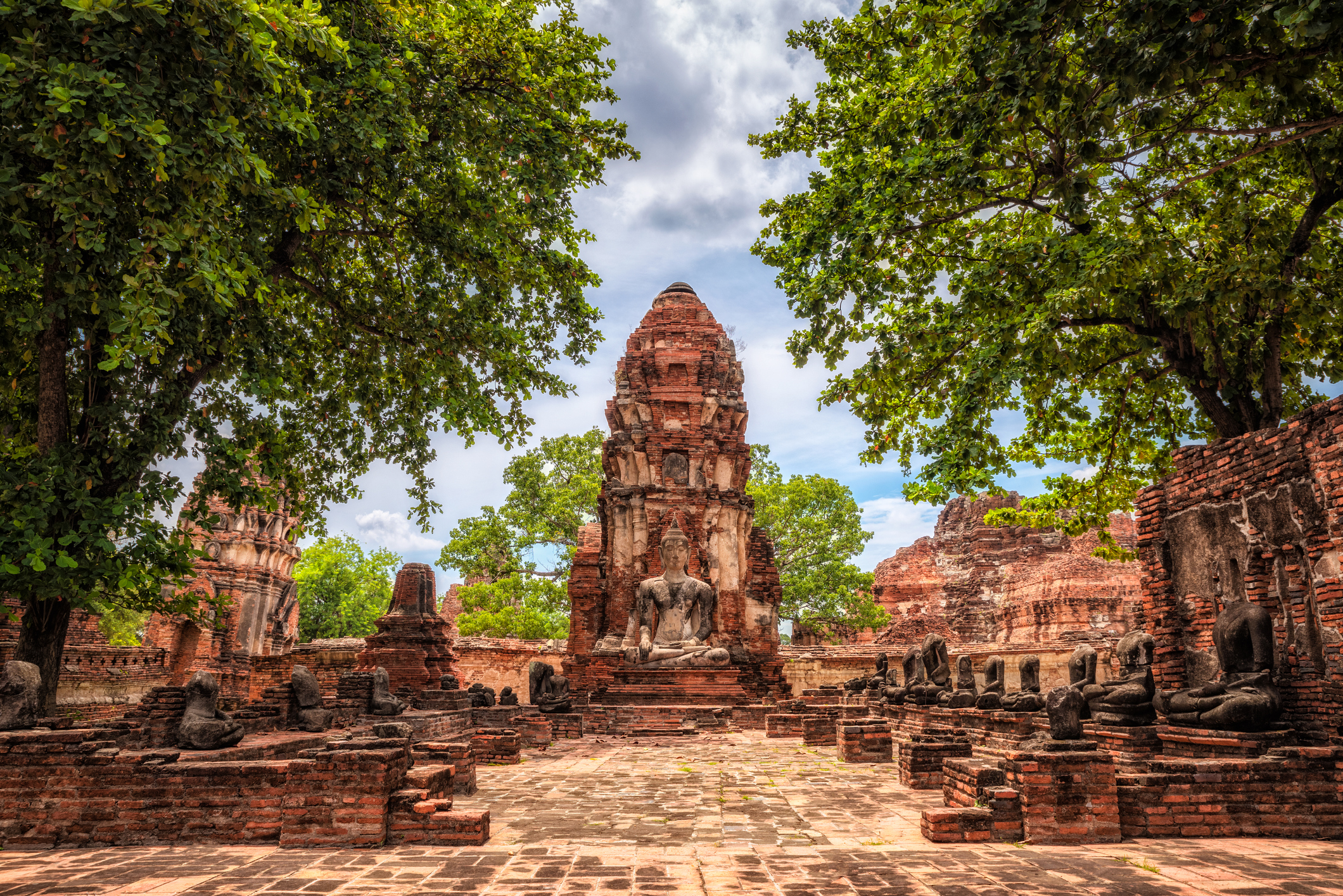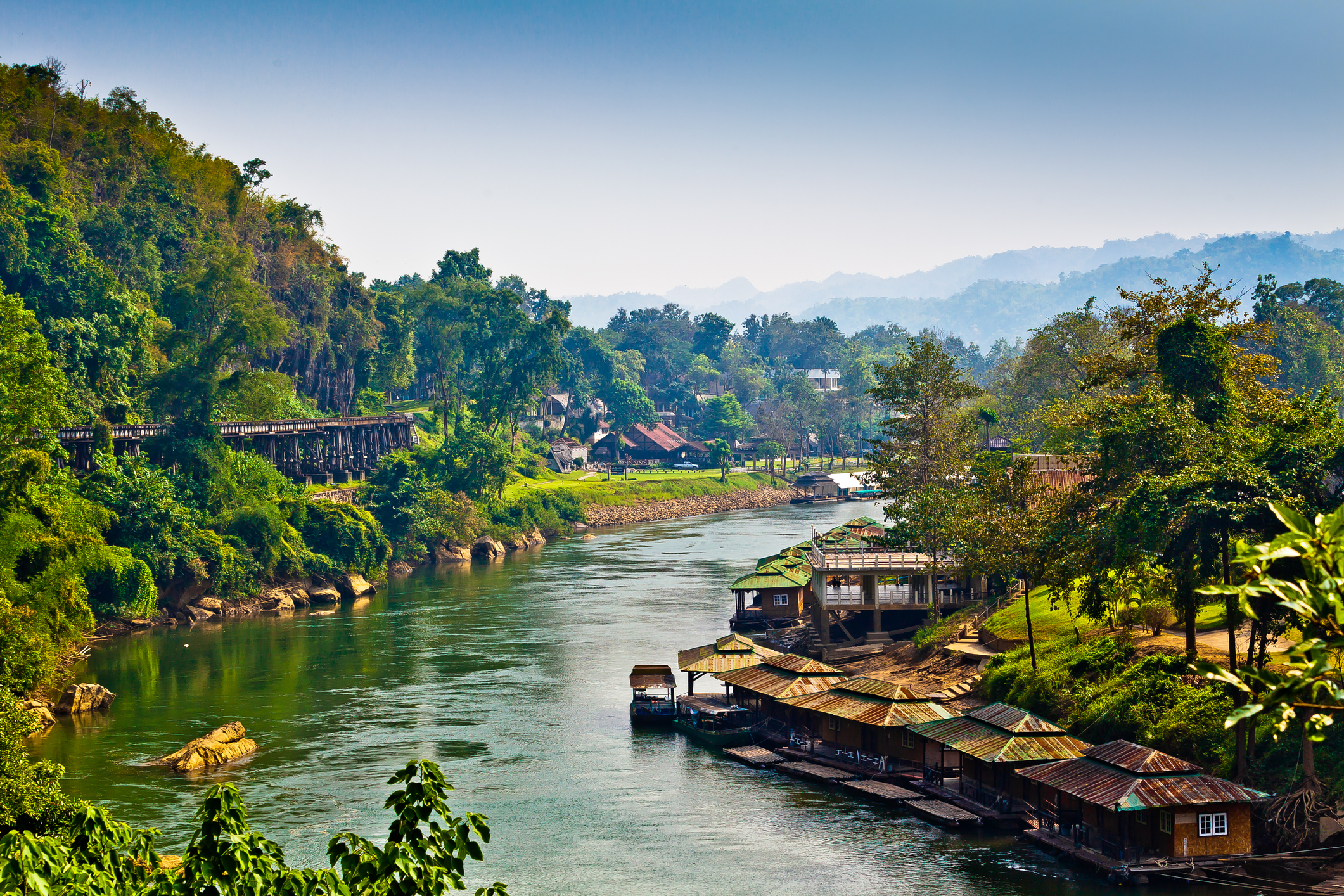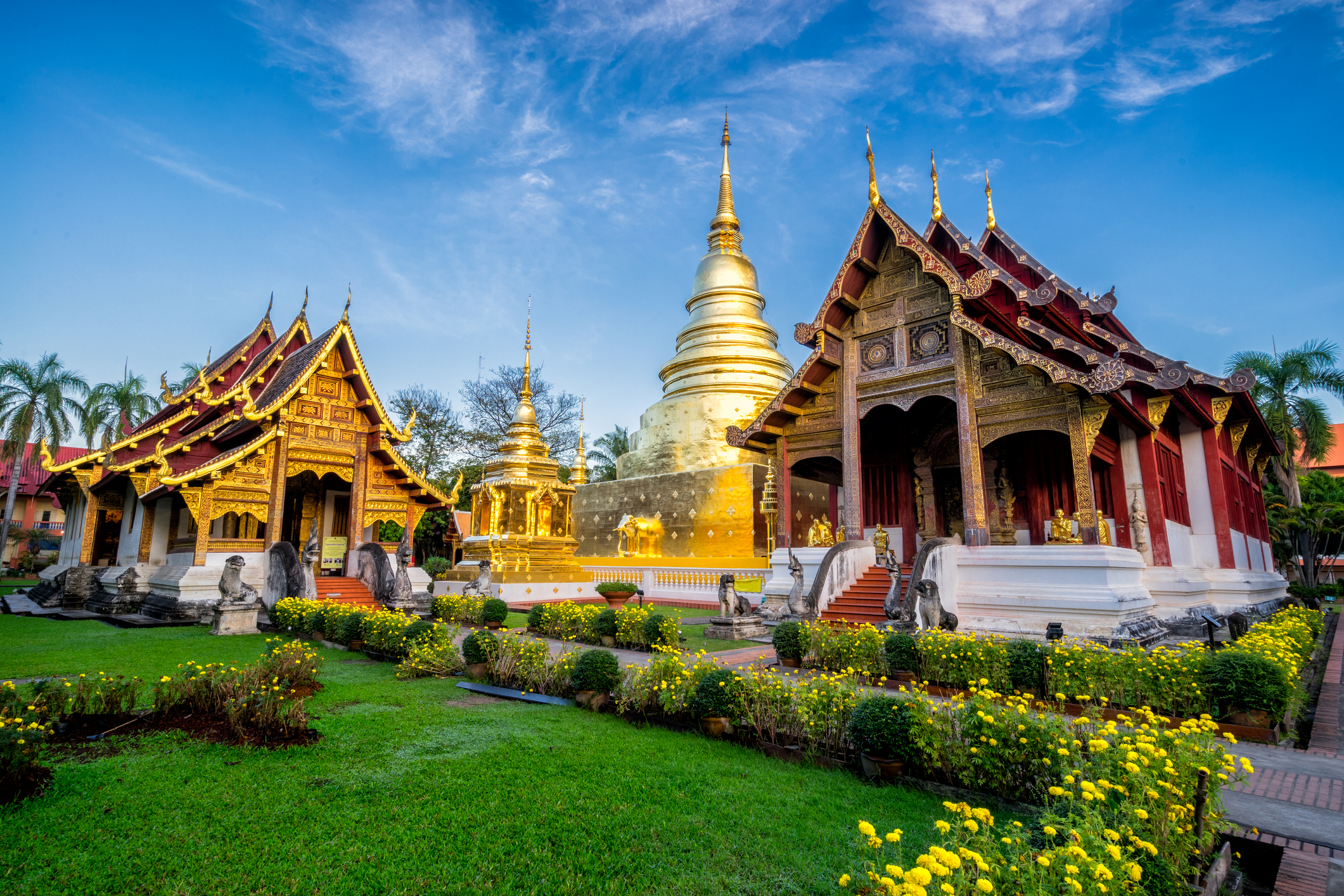
Sukhothai
It’s difficult to overstate the importance of Sukhothai in the history of Thailand. Abandoned for four centuries, today its 193 restored temples offer a glimpse into the civilisation that created the Thai alphabet, spread Theravada Buddhism, and presided over an artistic flowering that gave birth to Thai culture.
Though it wasn’t technically the first Thai kingdom, it was during the era of Sukhothai that the seed that would become modern Thailand began to germinate. Thai people began migrating to the region from China in the 11th century, setting up small, isolated kingdoms in a region long dominated by Indianised Khmer and Mon civilisations. In 1238, they founded Sukhothai, and over the next century and a half, set about forging an entirely new, totally original culture. This “Sukhothai style” is considered the true beginning of “Thainess” as we know it today.
A visit to Sukhothai is primarily about exploring the archaeological park, where the remains of this 700-year-old capital stand crumbling (though now UNESCO-protected) across 45 square kilometres of palm trees, ponds, rice paddies and villages ringed by peaceful hills. Huge, red-brick monasteries are home to what many consider to be some of the most graceful Buddha images ever made, while wall paintings and decorative carvings bear witness to the formation of an artistic culture entirely distinct from the regional styles it superseded. Ponds, canals and reservoirs are picturesque vestiges of pioneering hydraulic engineering, while some of Thailand’s earliest stone inscriptions tell the story of a surprisingly egalitarian, yet sadly short-lived, golden age of Thai civilisation.
Though its ruins are fairly similar to those at Thailand’s other top UNESCO site, Ayutthaya, Sukhothai is older and smaller, located in a serene, rural setting several kilometres outside of the modern city, making for a different and wonderfully peaceful sightseeing experience.


